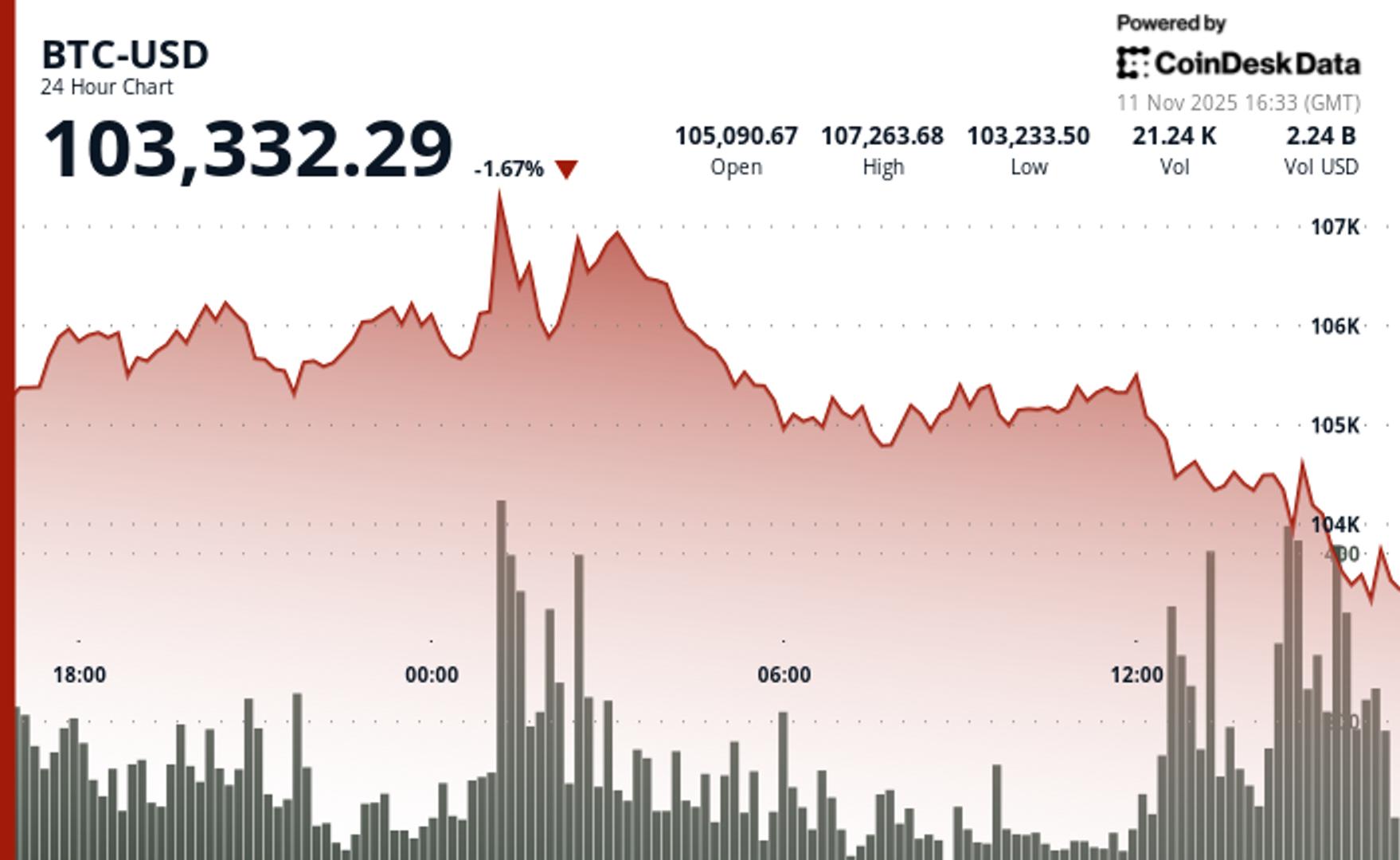Uncategorized
Italy to Raise Capital Gains Tax on Crypto to 42% From 26%: Reports

Uncategorized
Immortality startup Eternos pivots to a personal AI that sounds like you
Uare.ai raised $10.3 million in seed funding led by Mayfield and Boldstart Ventures.
Uncategorized
How AI startups should be thinking about product-market fit
Two experienced investors share their tips for founders and operators hoping to nail product-market fit at their AI startups.
Business
Bitcoin Slips Toward $103K; Miners Tumble on AI Trade Cooling, SoftBank’s Nvidia Exit

Crypto traders are taking profits on the bounce in prices, a Wintermute strategist said in a note.
-

 Uncategorized5 месяцев ago
Uncategorized5 месяцев agoRobinhood Launches Micro Bitcoin, Solana and XRP Futures Contracts
-

 Business1 год ago
Business1 год ago3 Ways to make your business presentation more relatable
-

 Fashion1 год ago
Fashion1 год agoAccording to Dior Couture, this taboo fashion accessory is back
-

 Entertainment1 год ago
Entertainment1 год ago\’Better Call Saul\’ has been renewed for a fourth season
-

 Entertainment1 год ago
Entertainment1 год ago10 Artists who retired from music and made a comeback
-

 Business1 год ago
Business1 год ago15 Habits that could be hurting your business relationships
-

 Entertainment1 год ago
Entertainment1 год agoNew Season 8 Walking Dead trailer flashes forward in time
-

 Entertainment1 год ago
Entertainment1 год agoMeet Superman\’s grandfather in new trailer for Krypton



